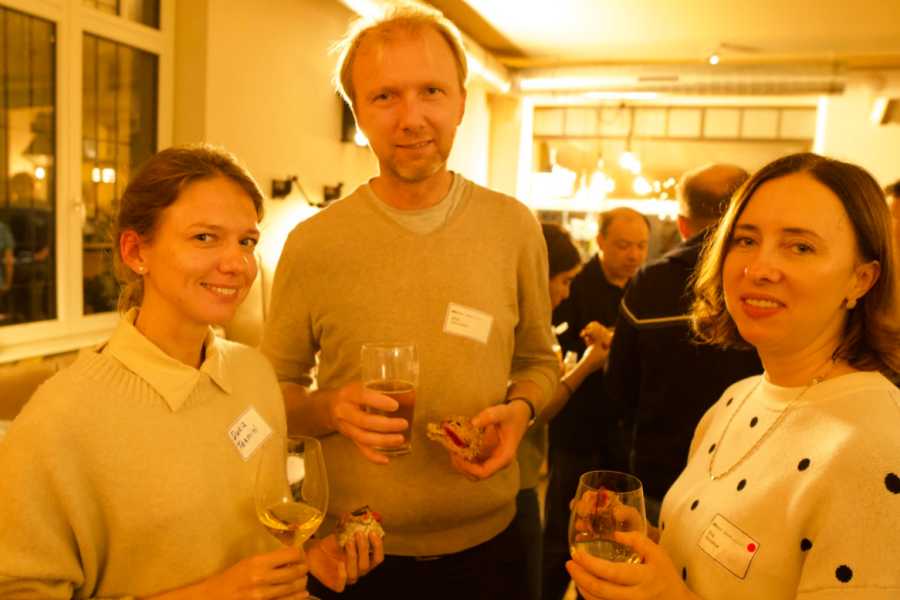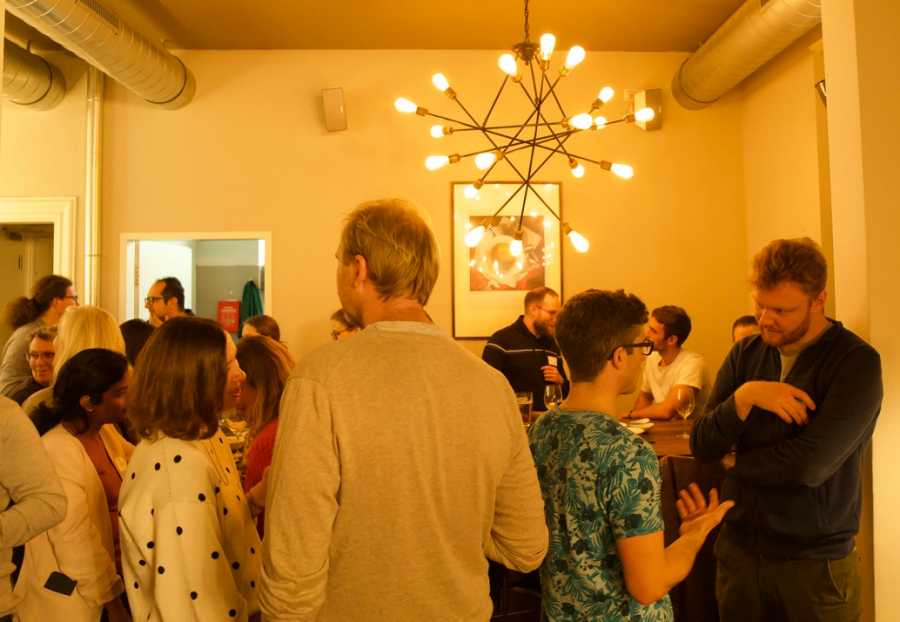Stargazing and Drinks - Visit to the Semper Observatory
On 17 October 2024, MAS MTEC alumni met at the ETH Semper Observatory to gain insights into one of ETH’s oldest research facilities. The visit was followed by an apéro to facilitate networking amongst the participants.
An intriguing discovery
Have you ever walked past a building on your way to university or work multiple times, without ever noticing something unusual about it? That is what many participants of the Stargazing and Drinks event expressed, as we followed our guide through the Semper Observatory. There we discovered where the Zurich Sunspot Number, a standard measure still in use today, was created. This building, which sits on the crossroad of the University Hospital (Unispital) and the Computer Sciences (CAB) building of ETH, cannot go unnoticed, with its round observatory like cupolas and sci-fi looking antenna sticking out. Yet after asking around, it turned out that not one of our participants had ever set foot into the buildings until now.
-
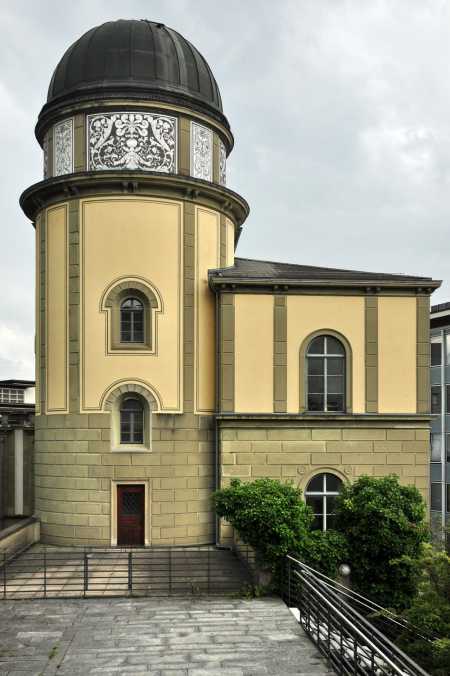
ETH Observatory Zürich, 1861--1864 -
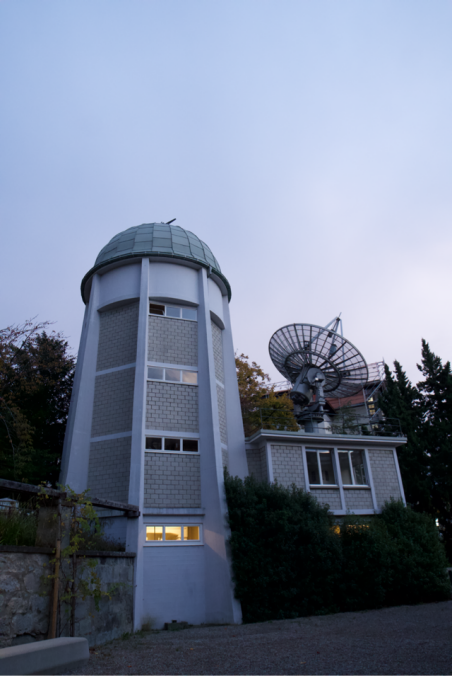
Building which contains the spectroscope -
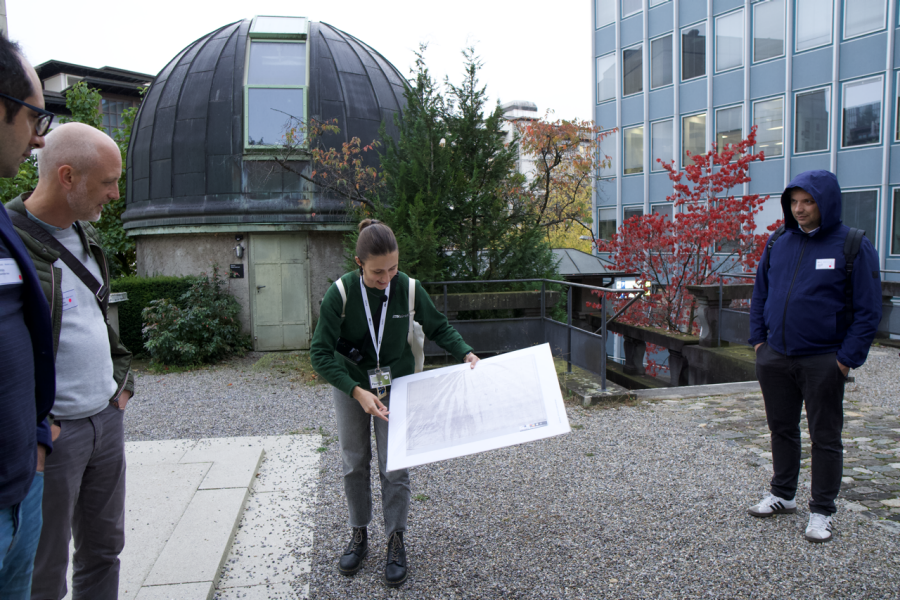
Pauline, one of our guides, was showing us important illustrations
What is special about this building one might wonder? Typical for an observatory, it has a cupola which opens up to view the sky through the telescope. Yet for fellow ETH students and alumni this is not just a simple observatory but a heritage that they can be proud of and take inspiration from, as it is one of the oldest research buildings of ETH, and generations of scientists have peeked into the vastness of space from this building. In August last year the missing piece, the telescope for which the observatory was built back in 1864, was returned to, after sitting forgotten in a depot of a museum for almost four decades.
Inspiration for the event and a brief comparison of telescopes
The return of the telescope was what prompted the Stargazing and Drinks event in the first place: as soon as Sid, the force behind most of the alumni MTEC MAS events, heard about it, he could not resist mingling to make this event happen and showing it to us as part of this year's theme of space. Those who were at the Urania visit may remember the incredible infrastructure that was required to hold the 12 ton telescope, which is an equivalent to 6 cars or an elephant, on the dome of the building, 51 meters high. The Semper telescope is considerably smaller and weighs about 1/12th of the Urania telescope, which is about the weight of a grand piano, or a horse. Visiting the Semper Observatory was the logical next step in our exploration of observatories in Zurich.
So why are there at least two observatories and telescopes in Zurich? The answer is simple: each telescope is used for different purposes. The telescope of the Semper observatory, which was the focus of this event, was used to observe the sun during daylight hours, whereas the Urania Observatory focuses on the nighttime observations of the stars, moon and planets – and was more there for general public use than research purposes. Although, unfortunately, today the Urania Observatory faces the challenge of light pollution, and the number of observations is limited with the telescope alone.
-
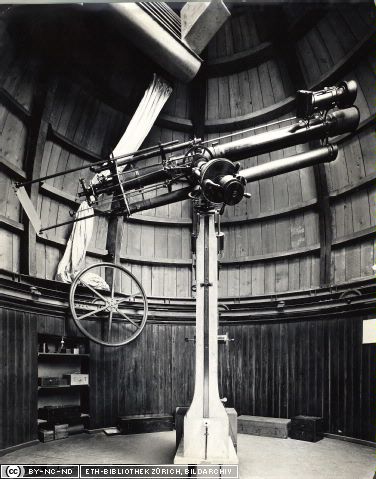
16-cm-Refractor, made by Kern of Aarau, optics by G. Merz & Sohn of Munich (1862), ETH Observatory Zürich -
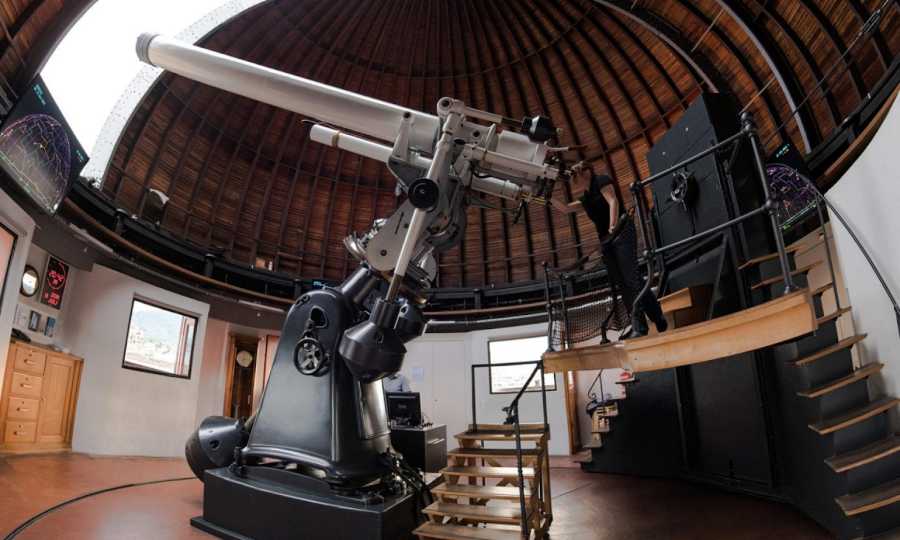
Picture of the Urania telescope -
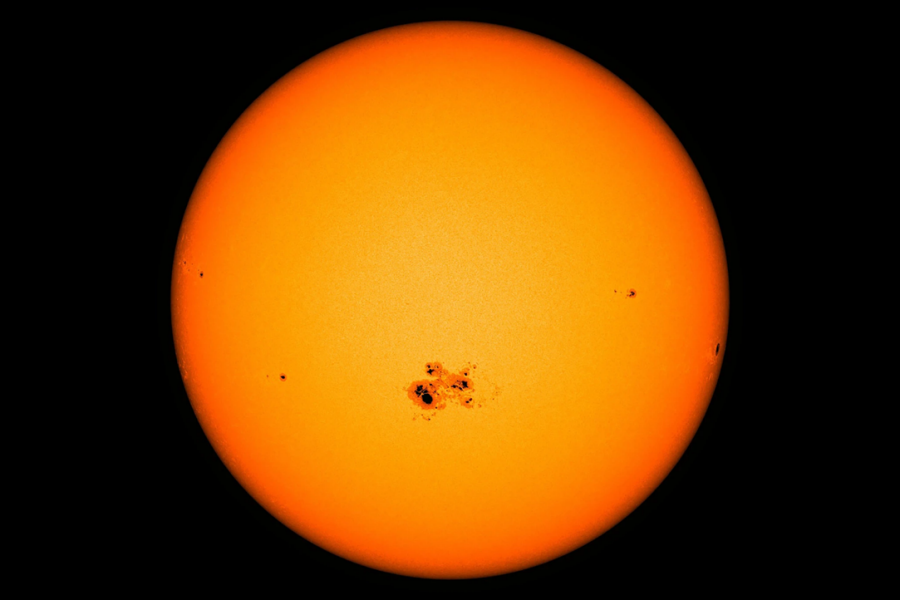
Example of sunspot that is studied in the Semper Observatory
Curiosities of the Semper building
Visiting this building was a privilege to walk through the past and discover how the rooms looked like when the building was initially constructed. It presents multiple curiosities: in some rooms, edges of rocks stick out of the walls, others have maintained the layout and furniture from 1951. On one of the main walls of the building a sun clock is encrusted and indicates the time with its shadow. One building hides a whole spectroscope to decompose the elements of the sun, and another has a dome from which sunspots were observed as early as 1951 to study the outer atmosphere of the sun, the "Solar Tower" of which was in practice until 1980, and its project gained worldwide recognition. Amongst all this there is even a hidden bar for those curious enough to find it.
-
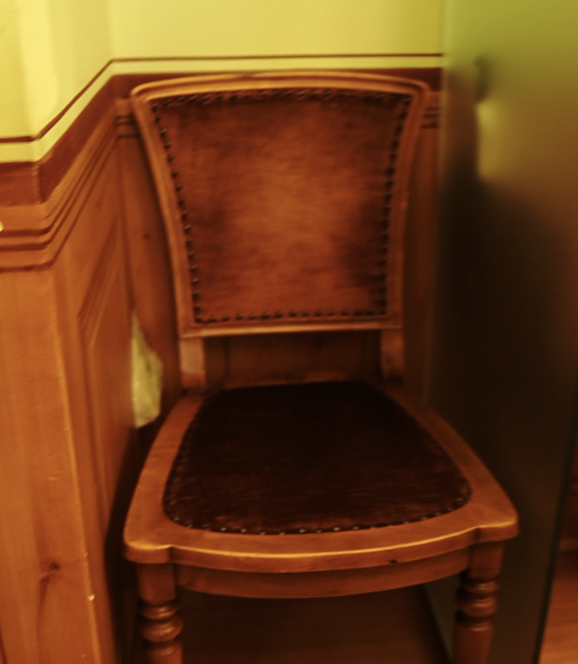
Notice the rock sticking out of the wall -
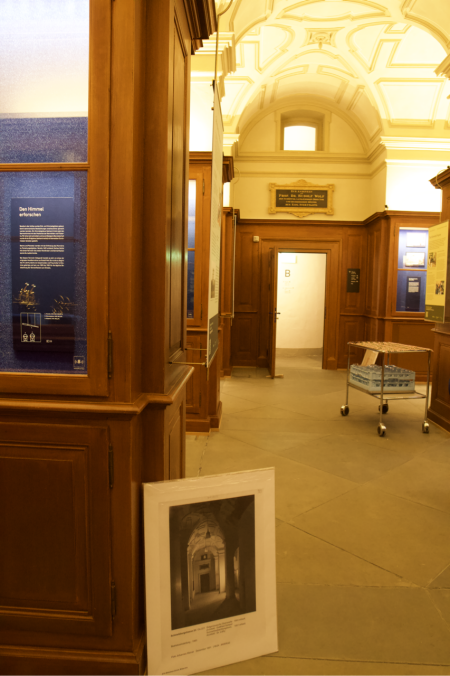
The current room layout and its original layout
Brief history of the Semper building and the telescope
The dome itself was built between 1861 and 1864 according to the ideas and specifications of Rudolf Wolf (1816-1893), mathematician and astronomer, and the well-known German professor of mechanical engineering Franz Reuleaux (1829-1905), constructed by the company Escher Wyss. The second floor was used by the meteorological central institute until 1881.
The main instrument of the ETH observatory was a refractor in the large dome on the top of the building. In addition, meridian observations were made in the Southern meridian hall. Both instruments were delivered by Kern of Aarau, the optics by G. Merz & Sohn of Munich (1862/64).
Between 1910 and 1911 a "Small Observatory was built", and in 1950 a solar tower was added.
From 1939 to 1980 the ETH Observatory also operated the astrophysical observatory on the Tschuggen in Arosa and from 1957 the still active Specola Solare in Locarno-Monti.
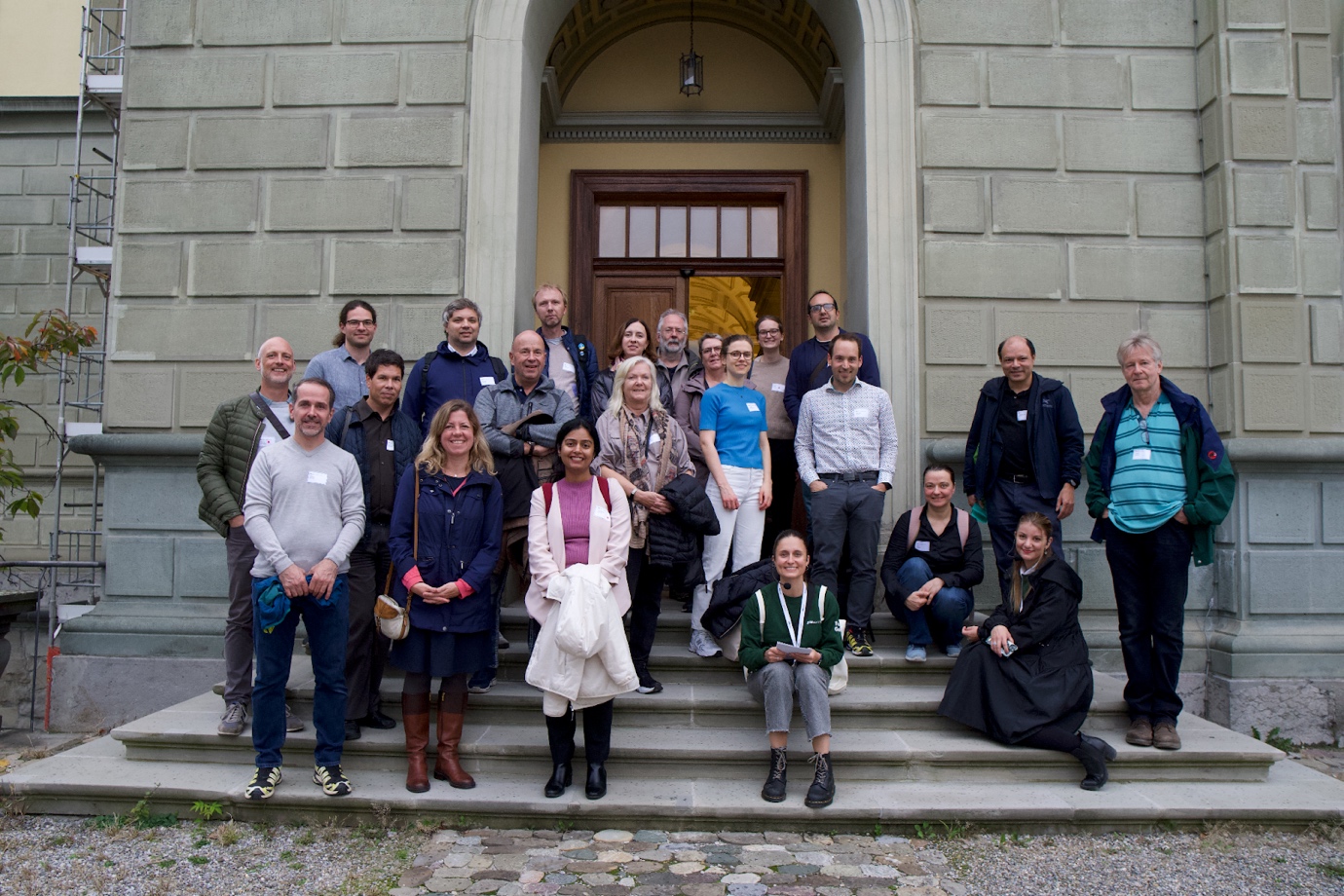
Finally, the visit ended with an apéro at the famous apoTHEKE bar, which was a beautiful way to end the event and practice some networking.
